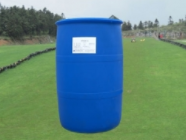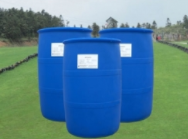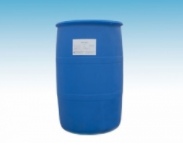If the formula design of cosmetics is defective, it may cause abnormal skin reaction in the use process, and then affect people's mood or health to a certain extent. Therefore, the raw materials for cosmetics production can not have immune rejection reaction with human body, that is, they must be non-irritating and non-toxic to skin, hair, eye film, and have good appearance, skin feeling, good smearing and stretchability.

In order to avoid potential safety hazards such as microbial contamination in use and storage, the properties of surfactants should be fully considered in the formulation design of cosmetics. As a direct contact product with skin, cosmetics require much higher hygienic performance than other products. The hygienic indicators of surfactants used in cosmetics mainly include the content of heavy metals, microorganisms, substances prohibited by the state and other toxic substances. Amendment No. 26 of the European Council Directive 76/769/EEC concerning restrictions on the sale, use and preparation of certain toxic substances states that the limits of nonylphenol and nonylphenol polyoxyethylene ether used in various fields must be reduced from 1.0% to 0.1%, and that surfactants used in cosmetics must have anti-microbial contamination properties.

The mechanism and application of surfactant in tertiary oil recovery.
1) Active water drive. It is only by injecting surfactant aqueous solution into the reservoir that a can reduce the dispersion of crude oil in water; B can change the wettability of formation surface; C can increase the dispersion of crude oil in water; D can change the fluidity of crude oil and reduce the maturity and ultimate shear stress of crude oil.

2) Alkali water drive. Alkali-water flooding is a method to form soap surfactant by the interaction of naphthenic acid and alkali in crude oil. The cost of this method is low, but some auxiliary surfactants need to be added to it to be more effective.
3) Thickening water drive. In order to improve oil recovery, polyacrylamide can be partially hydrolyzed as a viscosifier for injection water. In some cases, aliphatic alcohol polyoxyethylene ether sulfate or sulfonate and surfactant are also used as thickeners.
Oil recovery can be divided into three stages: primary oil recovery, which depends on natural energy of the bottom layer, and the recovery rate is below 30%; secondary oil recovery, which uses water injection and gas injection technology to supplement the energy of the reservoir, can increase the recovery rate to 40%-50%; tertiary oil recovery, which uses physical, chemical and biological technologies to enhance the recovery of remaining oil. Reserves can increase oil recovery to 80%-85%.
The tertiary oil recovery methods can be divided into four categories: thermal flooding, including steam flooding and burning reservoirs; miscible flooding, including carbon dioxide miscible, hydrocarbon miscible and other inert gas miscible flooding; chemical flooding, including polymer flooding, surfactant zone, alkali water flooding and concentrated sulfuric acid flooding; and microbial oil recovery, including carbon dioxide miscible, hydrocarbon miscible and other inert gas miscible flooding. Biopolymer and microbial surfactant flooding.